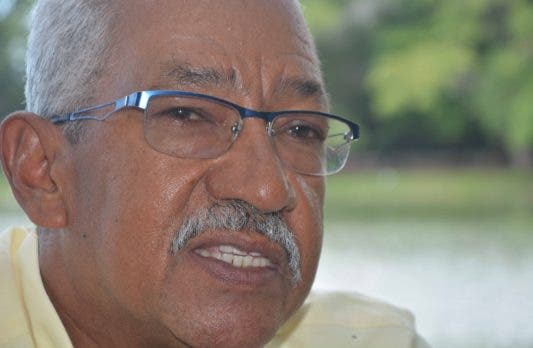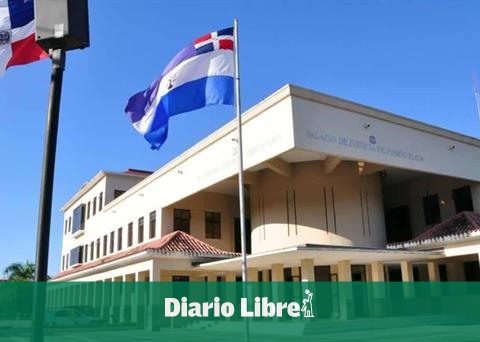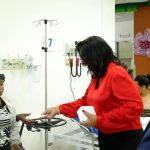In the last 20 years, the Dominican Republic has made great strides in recovering its forests since the change of coal and firewood as fuel by propane gas and large reforestation programs were carried out, the most outstanding being “Green Quisqueya”through which millions of trees were planted.
Thanks to these initiatives, led by the Government and in which companies and NGOs were involved, it is possible to exhibit as a result having 41 percent of the forest cover territory.
However, these processes did not take into account the restoration of primary forests that concentrated the original species of Dominican flora, many of them in danger of extinction.
With this introduction, the biologist and researcher Ricardo Garciaformer director of the National Botanical Garden, states that the Dominican forest cover includes reforested areas with exotic plants, such as coffee, cocoa and others, which, although important for the environmental services they offer, do not have representation of primary forests that were characterized by the presence of species such as palo de viento, sablito, ciguas and many orchids.
You may be interested in: Mirror thefts increase in San Pedro de Macorís
Regarding the latter, García points out that they have been among the most affected because they grow on other plants and when the forest was destroyed they disappeared.
The expert reports that there were many species on the island whose distribution was limited to small spaces, sometimes just two square kilometers or less, and they were damaged.
The number of plant species on the island has been established at around 6,100 vascular plants, but in Haiti it remains less than 3% vegetationwith areas where everything has been lost due to livestock, agricultural or human settlement activities, Ricardo García points out.
“Today botanists and biologists have a question: how many species have disappeared?” Garcia asks, pointing out that “where the vegetation was eliminated, what was there disappeared, and if there was a species that was its only population, we do not we know”.
Quality
García points out that regarding the air quality, water and against climate change any forest cover will contribute. However, it is not the same in terms of the conservation of the biodiversity of that site.
“Exotic species many times what they do is displace the local representation, when you establish a pine forest, native and endemic species are generally displaced and practically cannot interact with those exotic species, then the composition totally changes and you cannot recover that change. in that structure in terms of the biodiversity that was there,” he explains, after indicating that this can be established if there is a floristic inventory before and after cutting down that forest.
He mentions that in the country there are spaces like Loma Novilleroin Villa Altagracia, whose roof has been recovered, but it is not the same as before when there were cane fields.
Another advantage offered by any reforestation is the increase in soil moisture, which has a greater amount of nutrients from the leaves and branches. In addition, it contributes to reducing erosion, which implies a great environmental and economic gain because when a space is deforested, the rains destroy the vegetal layer, affecting production and carrying sediment to the dams.
Nature
García expresses that as an option the forest could be allowed to recover naturally “because you don’t necessarily have to dedicate yourself to reforestation and invest millions of pesos.”
He explains that it is enough to leave space for nature to play its role and in a few years the species will reappear through the birds and the wind that carry the seeds and “then you will see that without planting anything there is a forest and that reduces costs and diversity is greater”. However, he recognizes that in very deteriorated places it is necessary to reforest massively to accelerate the forest cover or to place certain species.
Remnants
Regarding the places where there are remnants of primary forests, García says that in protected areas such as national parks J. Armando Bermúdez, José del Carmen Ramírez, Juan Bautista Pérez Rancier or Valle Nuevo, Loma Guaconejo and Quita Espuela reserveswhich have many relicts of very diverse primary vegetation, with a high value and quality for biodiversity.
Also in the South in dry forests in areas such as Sierra Martín García. He adds that in Parque Nacional del Este there are samples of primary species although a large part is quite impacted, but recovery has been achieved. One of the most impacted areas has been the humid forests of the Northern Region due to agriculture and urban growth.
“We must be aware of the value of our National System of Protected Areas; that is the guarantee of life for this country, that is why it must be strengthened. There is the water, the biodiversity and we cannot allow its degradation”.

















